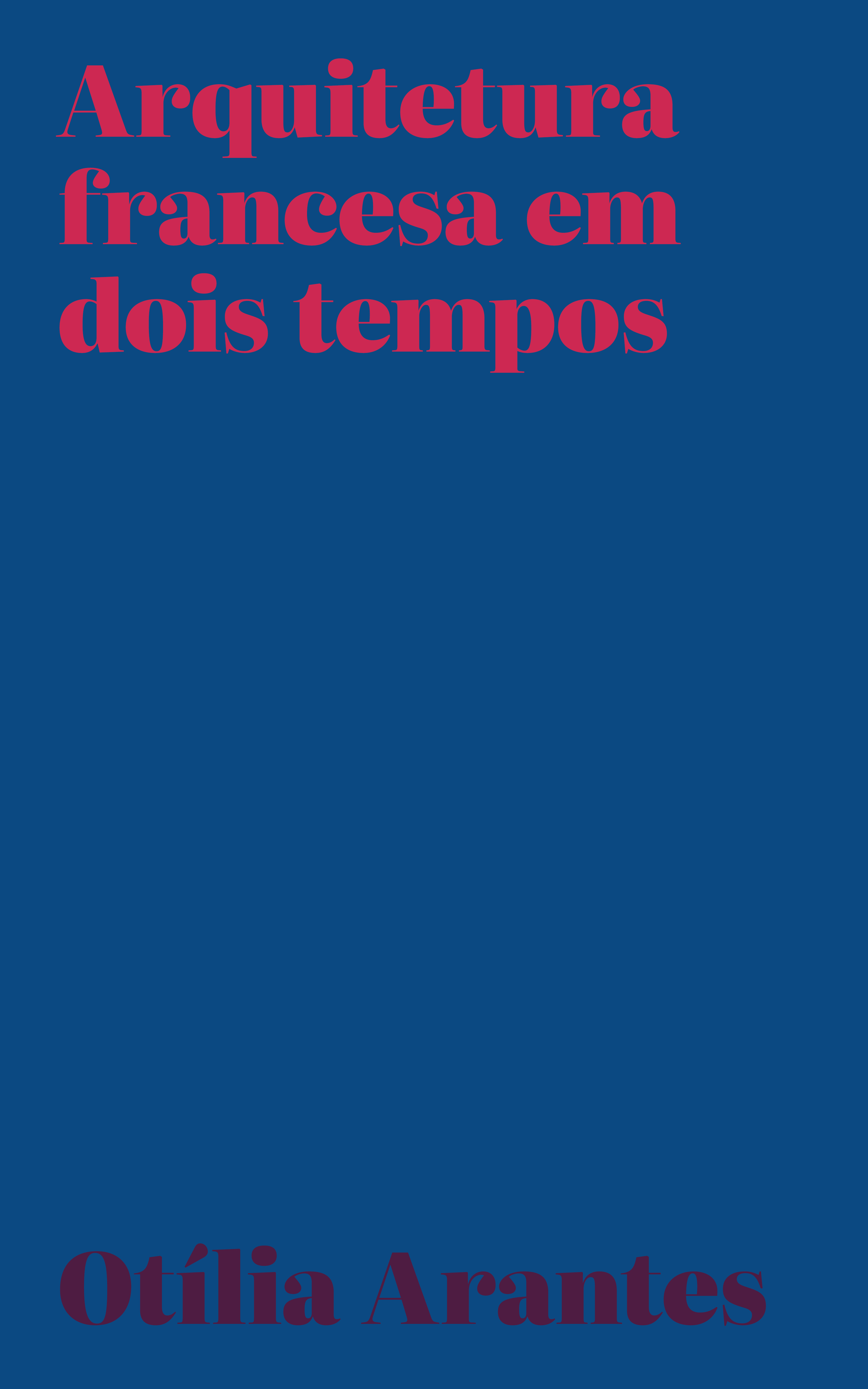French Architecture in Two Parts
2014
Synopsis
The two essays that compose this volume were written a little more than 25 years apart. The first one was written in 1988. The second one, although written in 2014, had not yet been published. Now combined as a comparative review, they mainly intend to address the transformations of French architecture in two moments that were full of excitement but also extremely different. They range from the aftermath of 1968—of which Beaubourg (1976) is the most complete expression, and when the state elected culture as an official policy, with large (and flashy) cultural facilities (especially the Great Projects of the Mitterrand Era) accompanied by a complementary counterpoint of patrimonial valorization and “modest” and contextual architecture—to a new outbreak in which France, and above all Paris and its surroundings, gave in to the global race for high-end real estate assets, disputed by cutting-edge offices and construction companies which, at least since the turn of the century, have started calling the shots (even when subsidized by the state). That period saw the convergence between culture and the business world (which was also obviously present in the first period—“culture is our oil”, said Minister Jacques Lang) ultimately give in to the strict impositions of the latter, and, with no holds barred, new fronts inevitably opened up, with countless cultural centers being gradually replaced by boutiques (including museum boutiques), corporate buildings, public buildings (or buildings that should be public by nature), vineyards, shopping malls or sports facilities. In these new projects, as François Chaslin rightly said, “the teams are impressive, the financial aspects are fundamental, and the architectural issues are relatively secondary”. An undoubtedly global wave, but in which France, form its undeniably avant-garde position—at least when it comes to the great cultural turn of the last quarter of the 20th century—becomes a mere follower. This double review, where the first essay was written on the eve of the bicentennial of the French Revolution and at the height of Mitterrand's mandate, and the second was written at the end of the conservative cycle with the presidency of Sarkozy, also serves as a pretext to illustrate the directions and misdirections of world architecture in half a century: from great ideals (and projects) to great business—when it starts to obey, above all, the imperatives of the market, falling into the excesses of aesthetic irrelevance (despite the formal extravagances). In other words, these essays go from Beaubourg to the Vuitton Foundation and its more prosaic variants.
Keywords: Cultural Animation, Modest Architecture, Beaubourg, Bernard Huet, François Chesnais, Gaudin, Gehry, Grand Louvre, Great Projects, Grumbach, Jacques Lang, Jean Nouvel, La Défense, Mitterrand, Modern Movement, Heritage, Pei, Perrault, Portzamparc, Renzo Piano, Ricciotti, Rogers, Sarkozy

Series
Categories
License

This work is licensed under a Creative Commons Attribution-NonCommercial-NoDerivatives 4.0 International License.


